Being an island nation, our long history and pre-history has been shaped by the sea possibly more than anywhere else on earth. Whilst some areas of our land were under sea just a millennia or so a go, since the last ice-age our coastline has gradually been pushed back by the ever rising oceans.
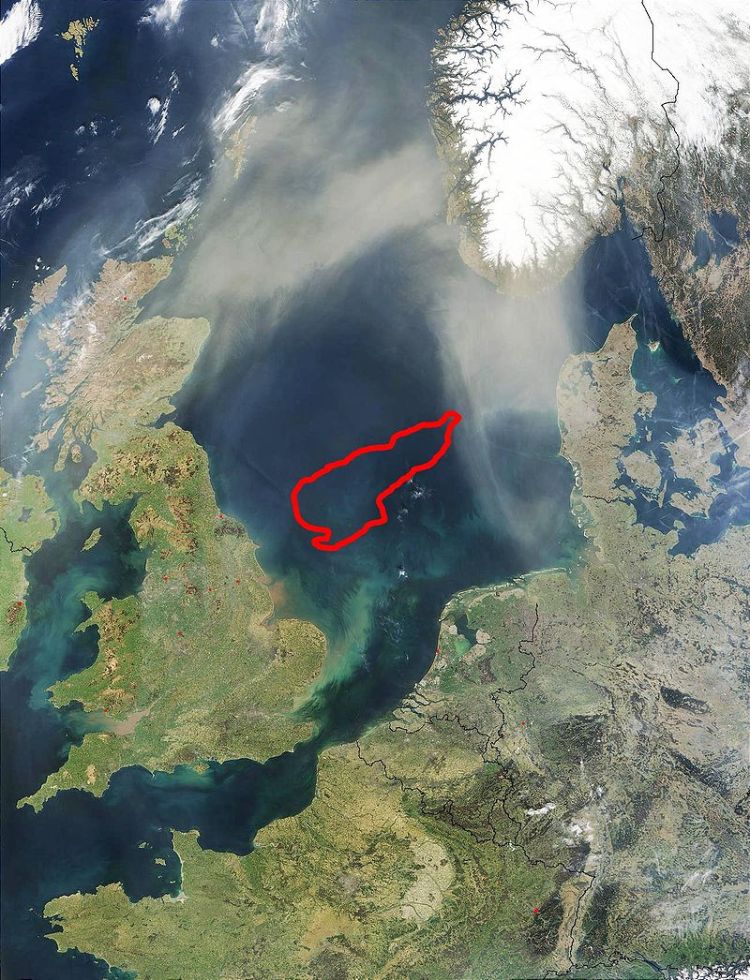
Doggerland or Dogger Bank as it now is, is a large area of the North Sea which thousands of years ago was a fertile and populated area of dry land. It is just one of the famous areas around our shores that were once dry ground such as the forest remains on the beaches of Wales, the famous St. Michaels Mount that at low tide you can walk to but at high tide a boat is required… this was apparently separated from the mainland by a devastating storm possibly several thousand years ago.
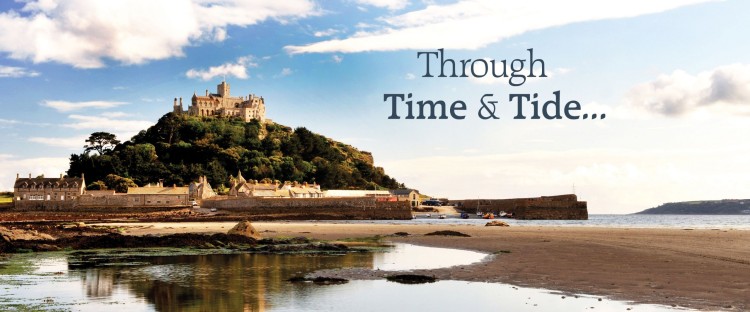
There are also the Isles of Scilly off the southwest tip of England which were much more numerous and bigger thousands of years ago and are actually one of the outside possibilities of being the inspiration of the real tales of Atlantis.
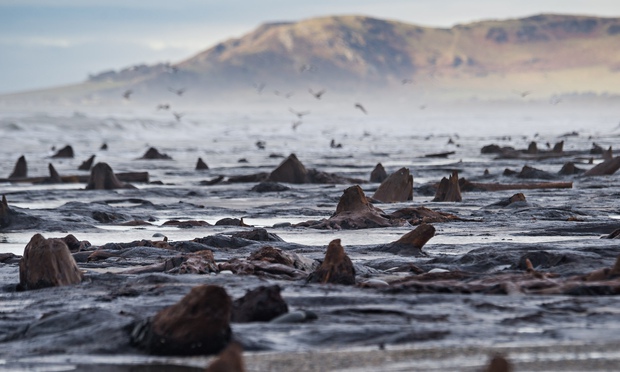
As most people know Great Britain was once connected to continental Europe, separated only by the Channel River of which the giant Rhine, Thames and many others were mere subsidiaries but as the ice-melted and the sea levels rose, over a couple of thousands of years we became an island.
Doggerland was home to a primitive British people for around 6,000 years and covered an area of around 100,000 square miles but by around 5,000 BC the territory was used to a 140 mile long by 85 mile low lying island. We know people lived their because for centuries fishing boats have found evidence of civilisation in their fishing nets and a university study is now in the process of researching this lost land in greater detail than ever that may even uncover the remains of foundations of prehistoric structures protected to a large degree by the mud and sands of the sea bed.
It’s likely that over the final centuries, hundreds or thousands of people lost their lives to giant storm surges. A possible final nail in the coffin may have come from the Norwegian Storegga slide which caused a huge Tsunami 5 metres (15 feet or so) high which reached at least 50 miles into mainland Britain and would surely have devastated the paradisiacal wildlife rich Doggerland.
These days Doggerbank is around 50-90 feet under the sea which isn’t really that much and is certainly relatively much higher than the rest of the North Sea bed. In fact those ambitious and genius engineers the Victorians even dreamed of building a dam across the North Sea to drain vast areas to free up the area which would have the side effect of dramatically improving the climate of much of eastern Britain. The project never got very far but as another Victorian plan, The Channel Tunnel is now well established, who can say that one day it won’t come true.
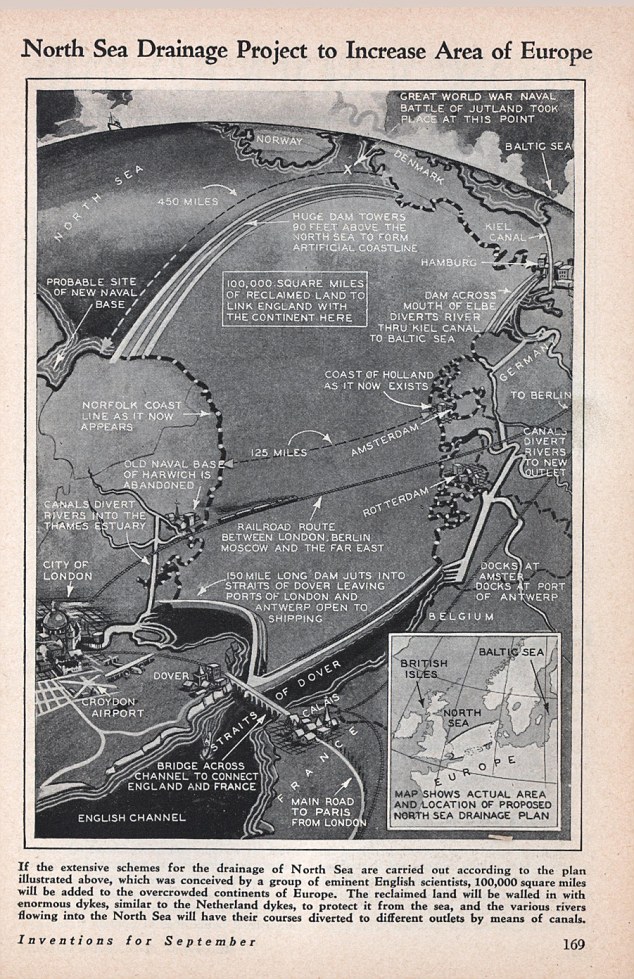
As it happens Doggerland is once again going to be a productive part of the U.K. as permission has been granted to install a giant wind-farm system on the sands, the first time humans have built there for 6-7,000 years.
There are several other similar locations around South East England including Goodwin Sands which were mythically said to have been washed away by a storm after an Archbishop of Canterbury didn’t maintain the sea defences properly. These days a hardcore Cricket club continue to play on these sandbanks that emerge from the English Channel for a few short hours depending on the tide.
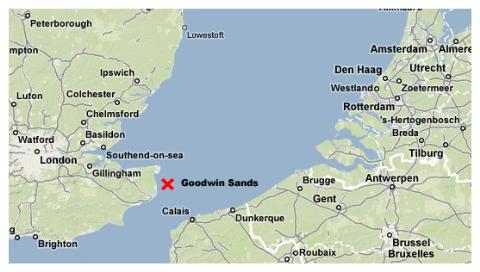
Located about 5 miles off the Kent coast, it looks almost like any other beach cricket match…
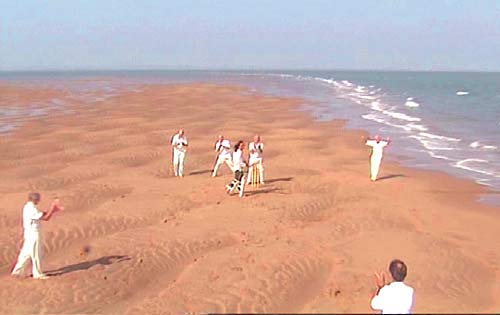
And then as so many cricket matches over here, the match has to be abandoned due to a waterlogged pitch… only here if you don’t evacuate quickly enough you might drown!

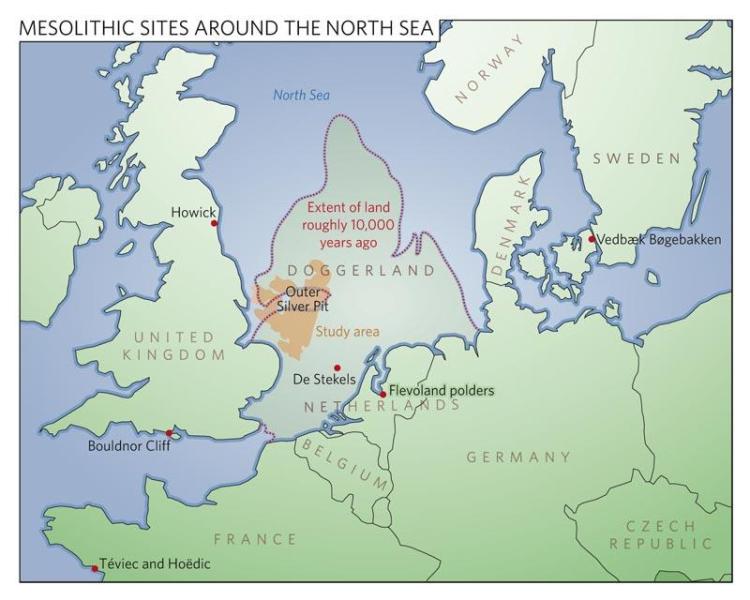
fascinating!
LikeLiked by 1 person
Amazing, I learn something new every week from your blog! Thanks for sharing your knowledge.
I do wonder how different history would have turned out during the WWII if those dams would have been built. I bet a lot of people would have been calling them the dammed dams.
LikeLiked by 1 person
Thanks Colin! Yes if the dam was built it would have made things easier for the Blitzkrieg. On the other hand there were well developed plans to retreat north in the event of an invasion. I’m sure the Dambusters would have given it their best shot!
LikeLike
Great post. I hope you’ll keep us abreast of new discoveries. Doggerland has to be one of my favorite place names. It’s too bad we can’t know what the people who lived there called it (I’m assuming the Dogger name comes from later fishermen or something… does anyone know?)
And wow, who came up with that plan? Is that picture from the U.K. equivalent of Popular Science?
LikeLiked by 1 person
Thank-you, yes I will post an update on what discoveries are made. Dogger actually comes from a 17th century style of Dutch fishing boat. I think it was all the way back then that people began to pick up artefacts in their fishing nets.
I’m not sure where that plan was published, it sure looks like a great read even if in a retro science fiction sort of way.
LikeLike
Well, thanks for this light-but-meaty post. We were discussing Doggerland on another site and an English gentleman called tonyb suggested I check this out.
And Australians now know where England got its inspiration for preparing the Cardiff pitch.
LikeLike
Interesting about Scilly Islands and the Victorian plans to drain Doggerland
LikeLiked by 1 person
Yes! It’s a,ways incredible to hear how ambitious Victorians we’re both with what they did and what they just thought about. It’s a shame these days that we don’t come close to doing anything g so ground breaking.
LikeLike